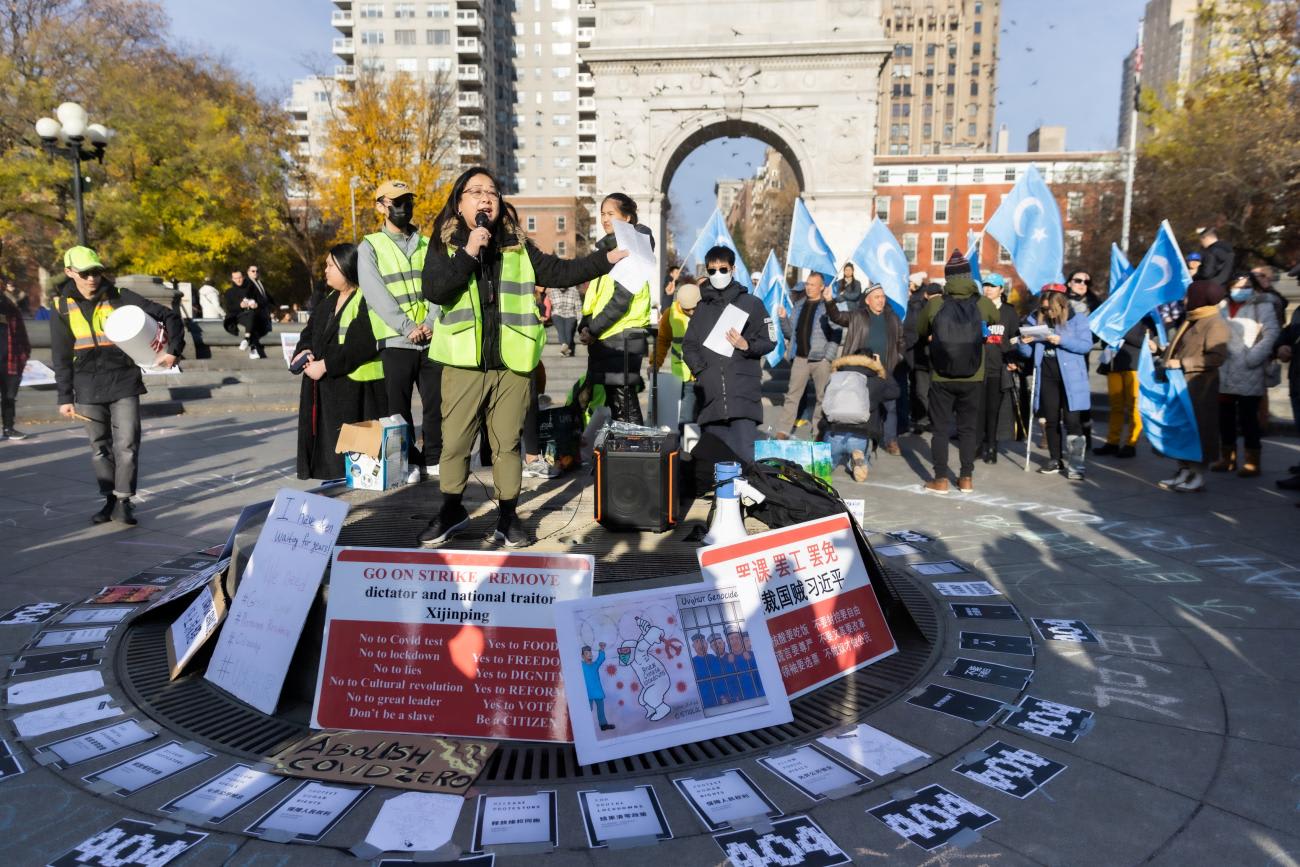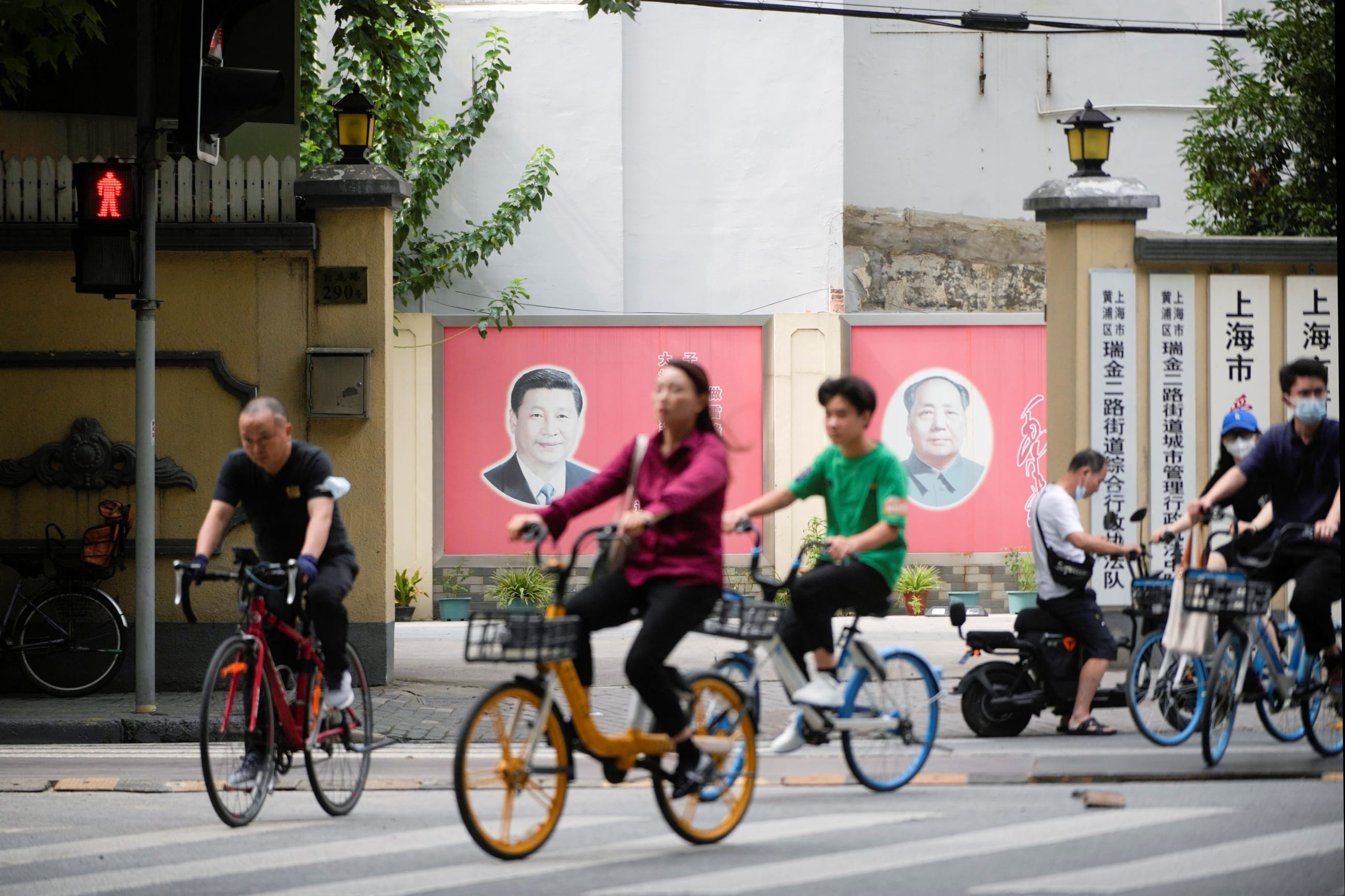China has been in a post-pandemic funk, one that has presented President Xi Jinping with the most significant challenge in his eleven years in power. As the malaise now drags into a second year, one can justifiably ask whether this public health-induced crisis marks the start of a more turbulent era for China and the slow erosion of Xi's power.
China's problems stem from how Xi's administration ended its zero-COVID policy, which relied primarily on draconian lockdowns to eradicate the coronavirus. That policy made sense in the dark days of 2020 and early 2021, when much of the world was struggling with a wave of pandemic deaths. After locking down Wuhan and closing its borders on January 23, 2020, the virus was suppressed and life went on. China carried on relatively unscathed, unlike Western countries, where cities shut down, morgues overflowed, and children's education was disrupted due to mass school closures.
But the policy made less and less sense as time went on. By the second half of 2021, many parts of the world were rolling out modern mRNA vaccines, allowing life to return to normal. Not so in China—it signed a contract to produce vaccines but then refused to do so. Instead, the country clung to old-technology vaccines made by domestic pharmaceutical firms. They raked in profits, but China had to rely on lockdowns to keep the coronavirus suppressed.
They raked in profits, but China had to rely on lockdowns to keep the coronavirus suppressed
That decision led to a cascade of problems throughout 2022, including harsh and often incompetently implemented lockdowns in major Chinese cities, including Xi'an and Shanghai. Millions were forbidden from leaving their homes but at times food supplies were scarce, as was routine medical care for the elderly or those chronically ill. Social media began to criticize Xi and his policy, despite strict internet censorship. Tensions mounted and the economy ground to a halt—a shock for a country used to decades of fast economic growth.
The subsequent protests were unprecedented in Xi's decade in power. In October 2022, a man draped a banner over a major highway overpass in Beijing, inspiring overseas Chinese protests in support. That was followed by the White Paper protests, which got their name because protesters dared only to hold up blank sheets of A4 paper over their heads, symbolizing the censorship of any sort of opposition to Xi.
On December 8, 2022, the government finally lifted zero-COVID, writing in a lengthy statement that "all forms of temporary closures are not allowed." A surge in coronavirus cases followed—met by almost no government preparation. The elderly had not been given boosters and stocks of antivirals or even simple flu medicine had not been bolstered.
The result was that COVID ran rampant through the population. According to modeling by Zhanwei Du of the University of Hong Kong and Lauren Ancel Meyers of the University of Texas at Austin, COVID killed potentially more than 1.4 million people in China from December 16, 2022, to January 19, 2023. That estimate was backed up by leaked cremation data from Zhejiang Province, where excess deaths jumped 72 percent in the first quarter of 2023 relative to the same period two years earlier. That would extrapolate to 1.5 million deaths nationally.

Economics of Unease and Growing Opposition
I personally witnessed the aftereffects of this death wave during a visit to China last May. At a pilgrimage to a holy mountain outside Beijing, the talk was all about elderly pilgrims who had died from COVID. One emergency ward doctor in a rural county told me that his clinic was overwhelmed with older adults, many dying. He was embittered by the experience, which he saw as preventable. When I mentioned that other countries, especially the United States, had experienced widespread deaths, he said China's case was different.
When you had those deaths in 2020 and 2021, there were no vaccines, but by 2023 we had vaccines and could have prepared, but we didn't
The doctor was bewildered by the government's decision-making, and to this day it is unclear why the country abandoned the zero-COVID strategy with so little preparation.
Some speculated that the financial cost of zero-COVID had been too high for municipalities to bear. All those testing facilities and quarantine staff were paid by local authorities. As the economy also slowed, many towns and cities found their finances collapsing. One province, Guangdong, revealed last year that it spent $22 billion on COVID control measures.
If the events of 2022 caused people to question the ability of the Xi administration to manage a crisis, the events of 2023 only added to the unease. Last year, the economy was estimated to have grown at 5.2 percent—far below the 9 percent average for the preceding thirty years. Political turmoil at the top, including the disappearance of the foreign and defense ministers, added to the sense that the government is no longer so firmly in control.
One sign of this is that China's oppositional forces are much stronger than they have been in years. Over the past three decades of go-go growth and few crises, overseas dissent was fragmented and ineffective. The crises that did occur—the 1989 Tiananmen Massacre and the bloody suppression of the Falun Gong spiritual movement in 1999—were quickly papered over by fast growth and a desire by people not to rock the boat.
Now, a plethora of new, youth-oriented oppositional groups have sprung up. Many are based in Western cities—including Berlin, London, New York, and Tokyo—but they have strong ties to China. Some are overtly political, while others tackle sensitive social issues, such as the status of women, or celebrate the country's burgeoning underground documentary film industry. That has allowed, for the first time in a century, the creation of a coherent and resilient opposition movement.

The government's sense of worry can be seen in how it seems to have backtracked from its formerly bellicose foreign policy strategy. Known as wolf-warrior diplomacy, it saw Chinese diplomats aggressively confronting countries that did not toe China's line in international affairs. Many also vocally championed China's COVID controls strategies while belittling other countries' efforts. This seems to have changed into a more accommodating stance that allows leaders to focus on domestic challenges.
There is no doubt that Xi remains firmly in charge. At the once-every-five-years party congress in late 2022, he received an unprecedented third five-year term in office even as many of his peers retired. He now sits alone atop a pedestal surrounded by handpicked officials.
But reaching that summit could also account for recent blunders. Buttressed by proteges who might not be willing to challenge him, is Xi able to lead his country to the next level of development?
If so, then the recent turmoil could be little more than a blip on China's road to technocratic authoritarianism.
But if these challenges continue, the public health crises of 2020 to 2023 could be seen as the harbingers of an era of instability and change in Chinese governance.













